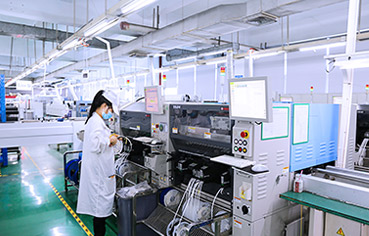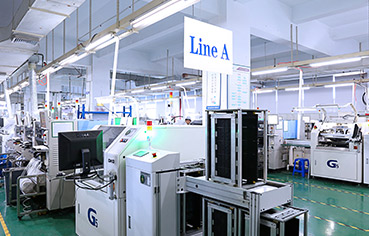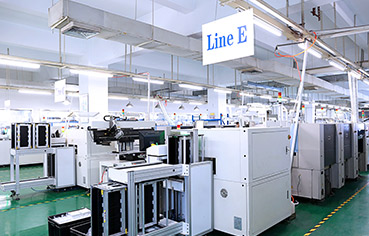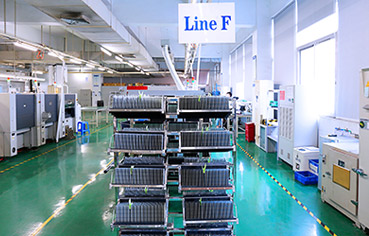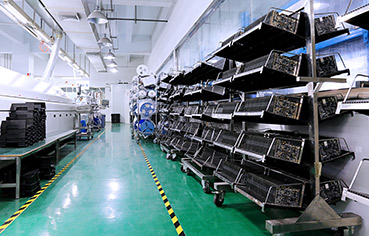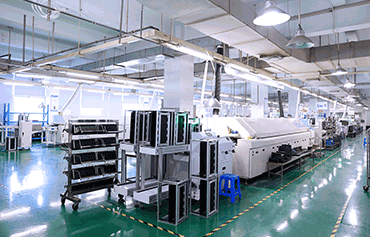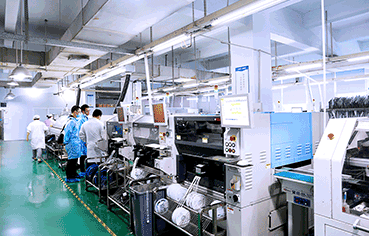Touchfly Industrial Android Mainboard for Bus Tracking and Platform Announcement
With the Android mainboard as the core control unit, it connects to positioning, sensing, communication, display and other hardware modules in the bus system. Combined with customized software, it realizes a full-process closed loop of “vehicle tracking – data transmission – platform linkage – information announcement”. The overall architecture is divided into three layers:
- Hardware Layer: Centered on the Android mainboard, it is connected to external devices such as GPS/Beidou positioning modules, 4G/5G communication modules, passenger flow sensors, in-vehicle displays, platform announcement speakers, and cameras;
- Software Layer: Bus management APP (in-vehicle terminal) developed based on the Android system, background management system (cloud terminal), and platform announcement terminal software (platform terminal);
- Application Layer: Implements functions such as real-time vehicle tracking, accurate platform announcement, passenger flow statistics, abnormal early warning, and data visualization management.
The Android SBC-based bus solution’s core functions have three modules: Real-Time Bus Tracking uses a GPS/Beidou module (e.g., UBlox NEO-7M) to collect positioning data (≤5m error), uploads it via 4G/5G (10s/5s intervals, 32GB offline cache), with the background showing real-time positions/trajectories on maps. Platform Announcement adopts “positioning + distance” triggers (pre-announcements at 50-100m, arrival alerts), with in-vehicle TTS/HDMI displays, platform broadcasts (Rockchip RK3328), and Bluetooth reminders. Auxiliary Functions include AI-based passenger flow stats, abnormal warnings (overspeed/route deviation), and cloud remote management.
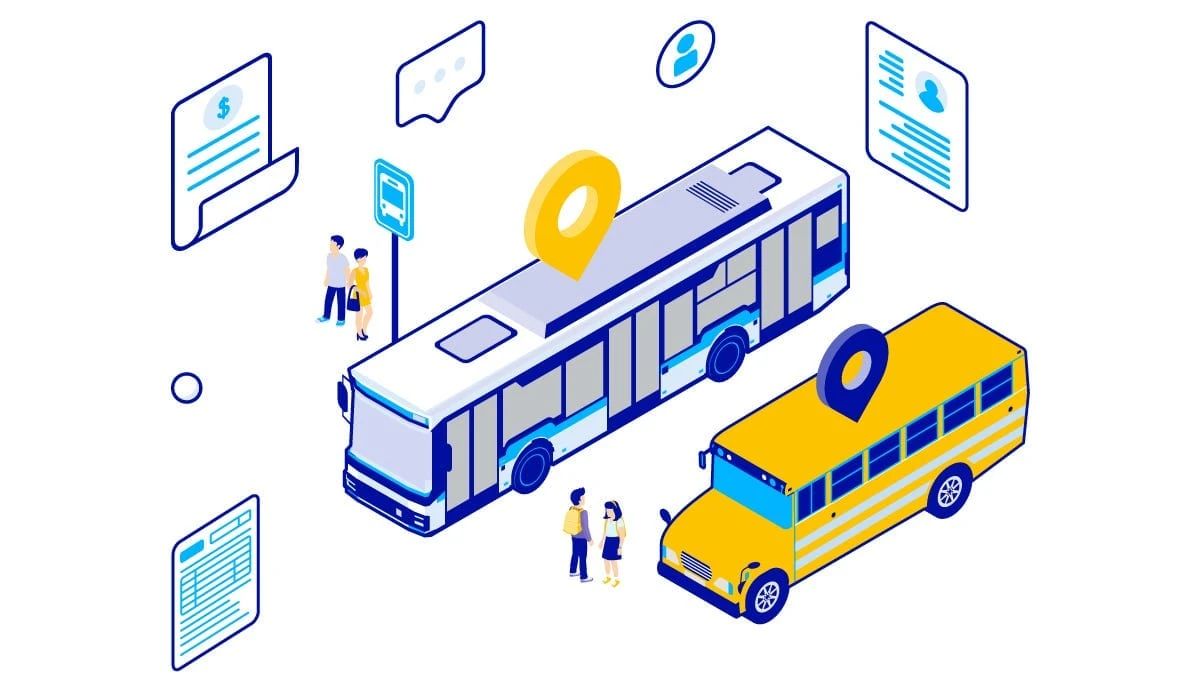
- Positioning Data Collection
- Real-Time Data Upload
- Cloud-Based Tracking and Display
- Announcement Trigger Logic
- Announcement Content and Form
In-Vehicle Announcement Platform Announcement Passenger Reminder
- Passenger Flow Statistics
- Abnormal Early Warning
- Remote Management and Upgrade
| Hardware Module | Recommended Model / Parameters | Interface Type | Core Function |
|---|---|---|---|
| Android Mainboard Core | Rockchip RK3568 (Quad-core A55, main frequency 2.0GHz) | – | Data processing, peripheral control, software operation |
| Positioning Module | UBlox NEO-7M (GPS/Beidou dual-mode, positioning accuracy 1m) | UART | Collecting vehicle position data |
| Communication Module | Quectel EC200S (4G all-network access, supporting Cat.4) | USB | Data upload, cloud interaction |
| Storage Expansion | TF Card (maximum 32GB, Class 10) | TF Card Slot | Caching positioning data and logs |
| Display Device | 10.1-inch in-vehicle touch screen (1280×800, HDMI) | HDMI + USB (Touch) | Displaying station information, driver operation |
| Audio Device | In-vehicle Speaker (20W, supporting AUX input) | AUX | Voice announcement |
| Sensor | Infrared Door Sensor, Binocular Passenger Flow Camera | USB/UART | Triggering announcements, counting passenger flow |
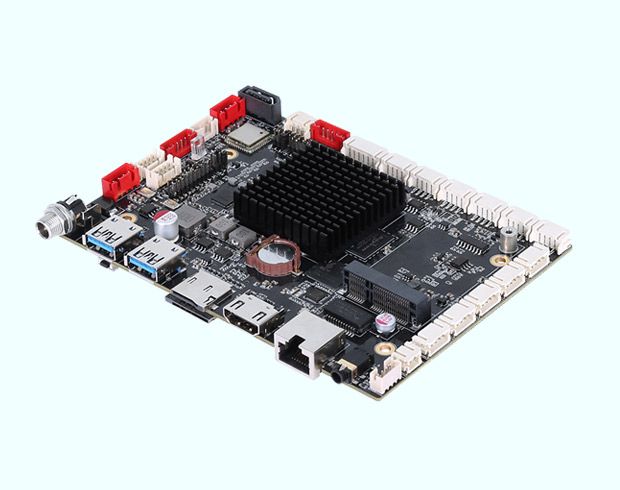
CX3568-A Touchfly motherboard
RK3568 Quad Core Cortex-A55 2.0GHz 64Bit independent NPC with 1TOPS AI performance
More details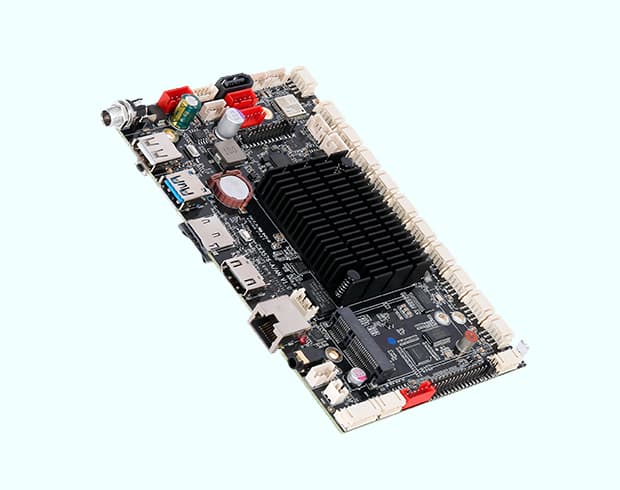
CX3576-A Touchfly motherboard
AI computing industrial android motherboard 6Tops NPU RK3576 8-Core 64bit 4G/Wifi network Mali G52.
More details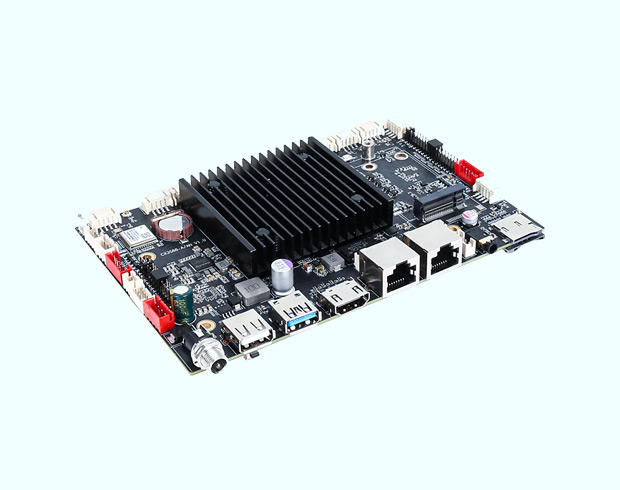
CX3588-A Touchfly motherboard
RK3588 Quad Cortex-A76 Quad Cortex-A55 With NPU, runs Android13
More detailsCore Advantages
- High Stability: The Android mainboard supports wide-temperature operation (-20℃ ~ 70℃), adapting to outdoor bus environments, high-temperature exposure, and low-temperature cold conditions. The hardware uses industrial-grade components, with an MTBF (Mean Time Between Failures) of ≥ 50,000 hours.
- Low Power Consumption: The typical power consumption of the mainboard is ≤ 10W (excluding peripherals). Equipped with an in-vehicle 12V power supply (supporting wide-voltage input of 9V ~ 36V), it does not add additional power burden to the vehicle.
- Easy Customization: It supports function adjustments according to the needs of bus companies (such as adding advertising playback and video surveillance linkage). The software interface is open (providing an SDK) and can be connected to third-party systems (such as urban traffic management platforms).
Application Scenarios
- Urban regular buses (including trunk lines and branch lines), BRT (Bus Rapid Transit);
- Circular buses in parks (such as universities, scenic spots, and industrial parks);
- Urban-rural passenger buses (supporting custom stations and flexible adjustment of announcement logic).

















